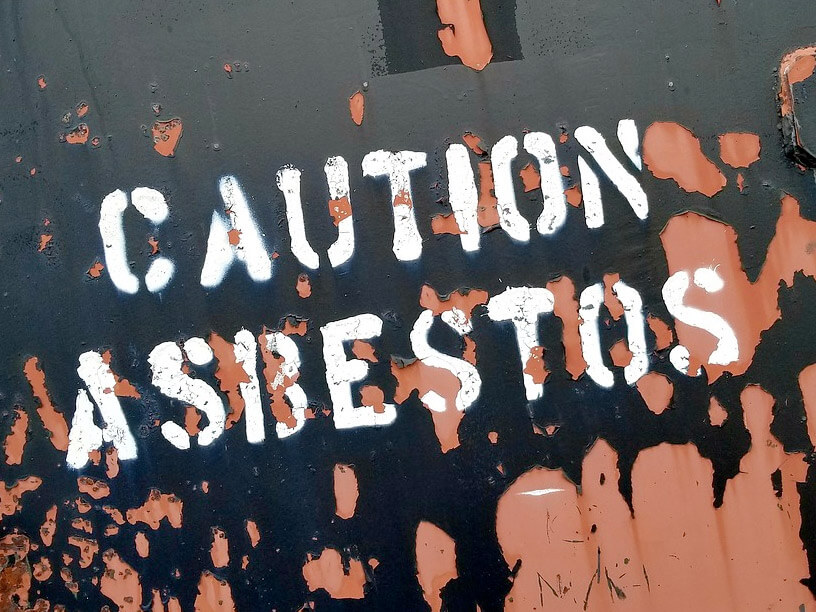Asbestos
The threat from airborne hazards in schools is currently under more scrutiny than perhaps any other public building aside from hospitals. And this is regarding asbestos.
It’s difficult to mention the idea of an airborne hazard outside of the context of COVID-19. While the worst does seem to be over, it remains on everyone’s minds and news feeds, set to dominate conversation and concerns about safety during 2020 and 2021.
However, with many public spaces returning to their normal function, we need to remember that there maybe threats to our safety, that we may have lost sight of under the looming presence of COVID-19, one of those threats is asbestos. The idea that asbestos might still be a danger to many of us seems to be old fashioned. The word itself conjures images of old buildings, demolished, or modernized buildings. While the idea of lung disease caused by asbestos and dangerous working environments feels like something from the era of the miners and the strikes and the industrial economy.

Despite the import and supply and use of asbestos being banned for well over 20 years, it’s still a disease that includes lots of different issues, such as lung cancer, asbestosis. And yet, it remains the largest individual cause of work related deaths in the UK. These deaths continue to occur each year as a result of exposure that occurred decades ago. And while there’s still a small decline in recent years, the average is still 2,500 per year.
It’s not the ongoing suffering caused by exposure pre-legislation that’s an issue here. However, as asbestos is still a current threat, it’s still present in hundreds of thousands of buildings across the UK. And it is a problem that needs to be managed now, so that in decades to come, we are not seeing the frightening statistics caused by a substance that most people have long since forgotten.
Some of the main buildings that the asbestos is a high danger are schools and hospitals. The threat from airborne hazards in schools and hospitals are current under more scrutiny than perhaps any other public building, aside from obviously, hospitals. As children return to school and start socializing, learning, and flourishing in a normal environment again, there’s a tangible sense of relief undercut with an understandable anxiety about safety. Unfortunately, the asbestos situation in schools does nothing to help this.
There risks are the most vulnerable and also concerns for the safety of those in hospitals also weighing heavily on our minds. With evidence that the awful strain hospitals are under, impossible to ignore. At a time when wellbeing of our healthcare staff and patients is on an all time high and it’s at the back of our minds, it is important to remember that risks from asbestos related lung diseases, developing via exposure in healthcare settings is a risk that will require careful mitigation for some time.
Nurses are several times more likely to develop mesothelioma. Nine out of 10 NHA’s trusts have hospitals containing asbestos. What’s been done right now? While the presence of asbestos itself is a troubling reality. The fact that removing it from public buildings entirely is usually impossible in the short term, due to the costs and the sheer scale of work. Instead, exposure to it must be prevented via safety measures and careful monitoring.
HSE Regulation 4 of the control of asbestos regulations 2012, specifies that anyone with a responsibility for the maintenance and repair of non-domestic properties, including schools and hospitals, as a duty holder and therefore, responsible for managing the asbestos. This could be local authorities, school governors and on the employer for that premises. All duty holders should know the details of the asbestos in their building and provide information about the asbestos status and those inhibiting it.
If you require any further information contact us today on 07770 302504 or email joanne@chestnutassociates.co.uk


